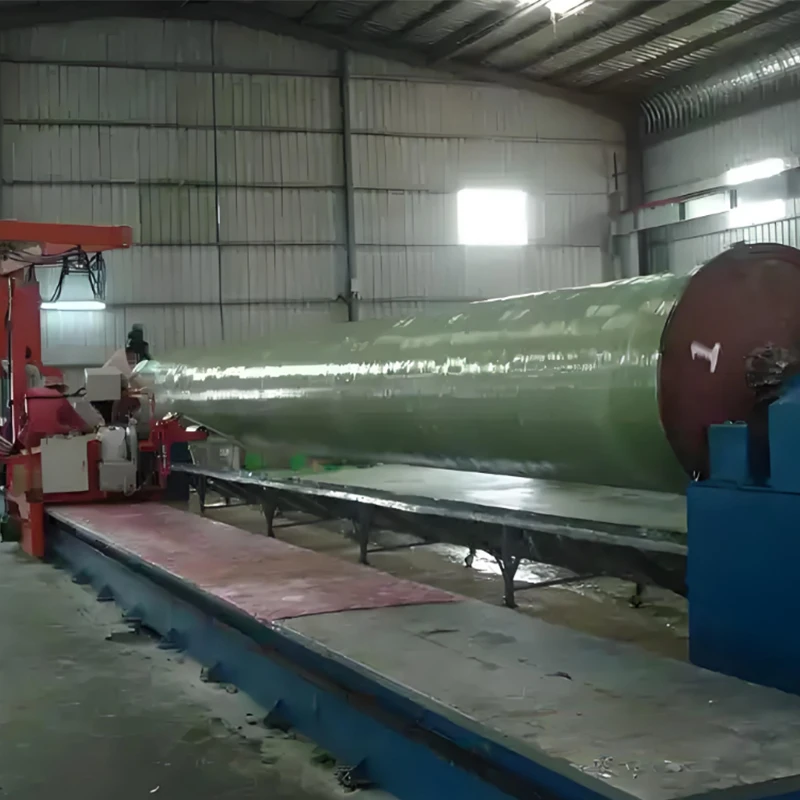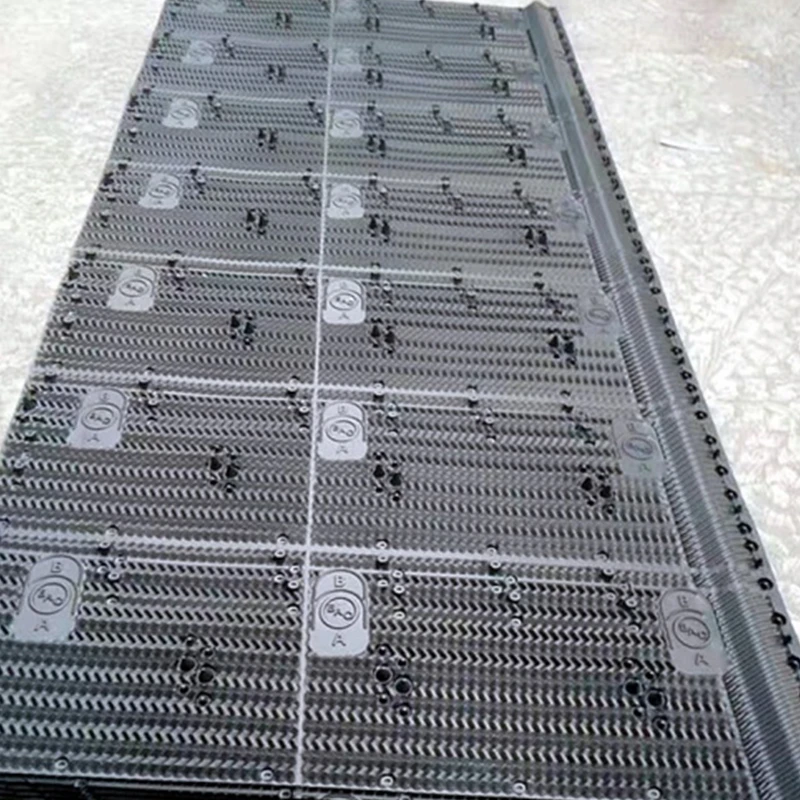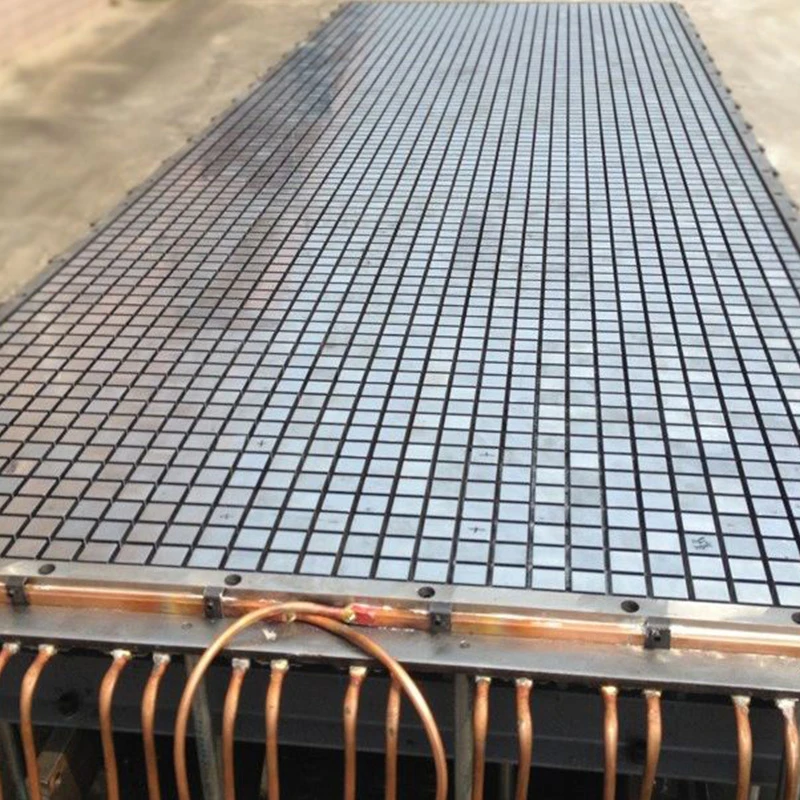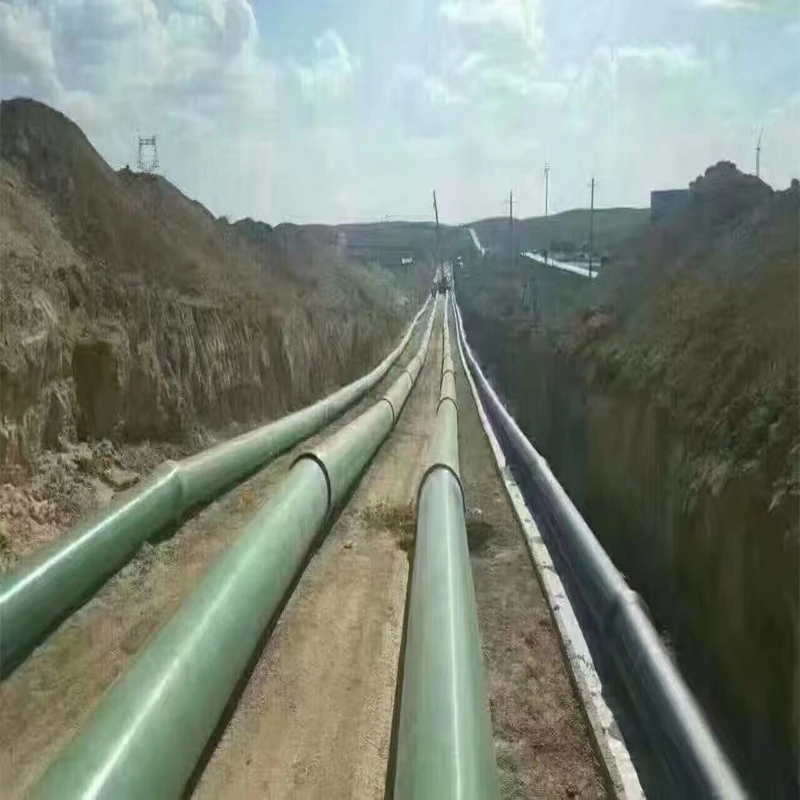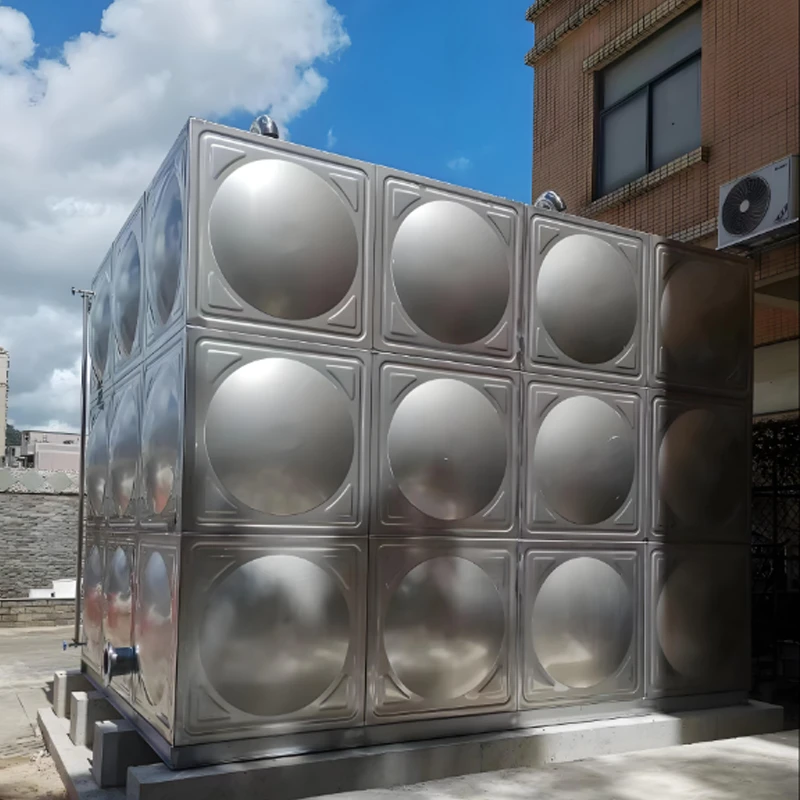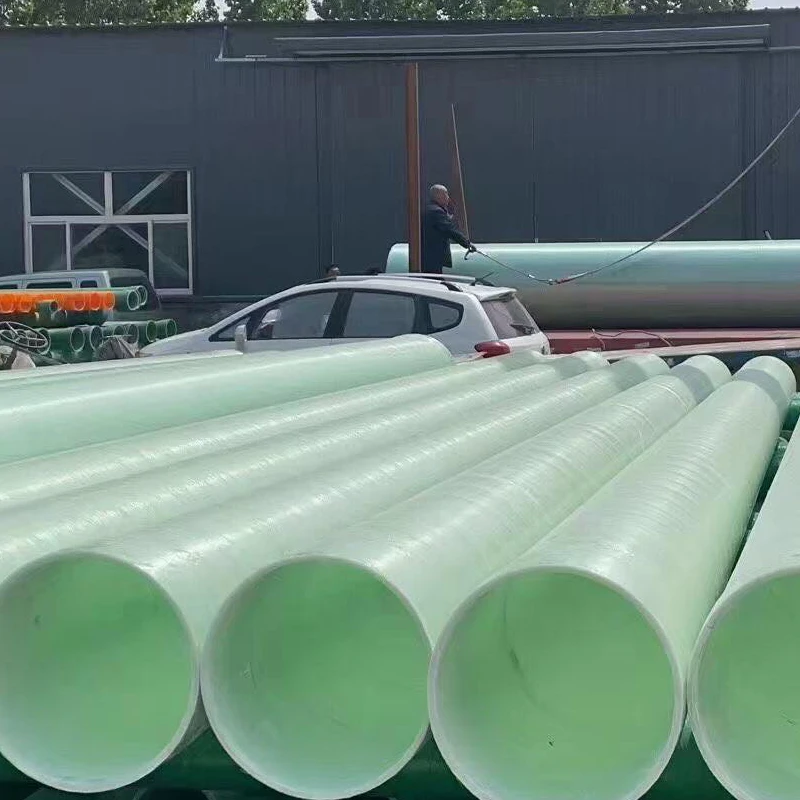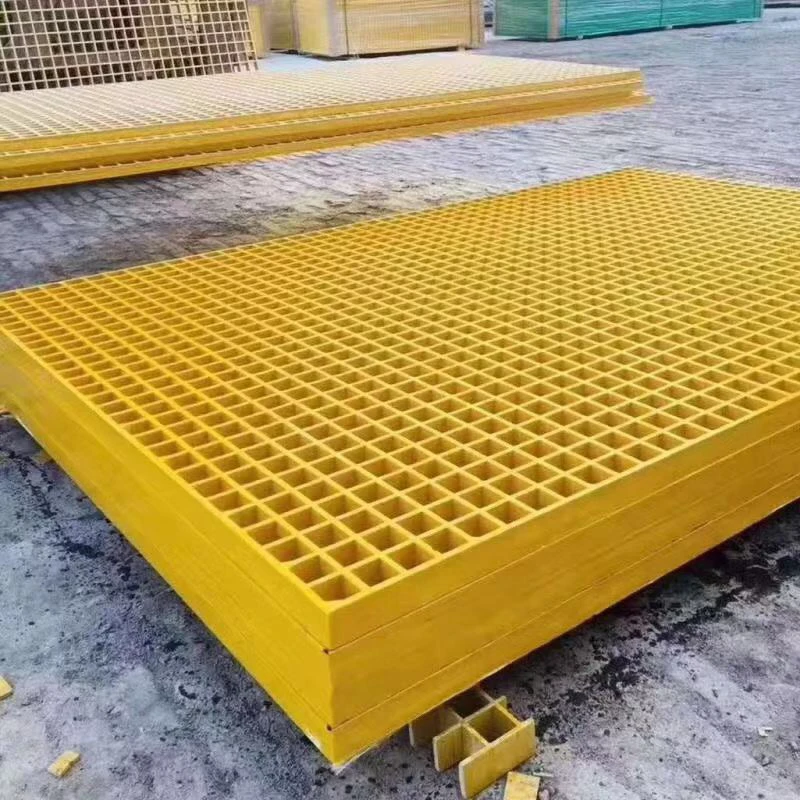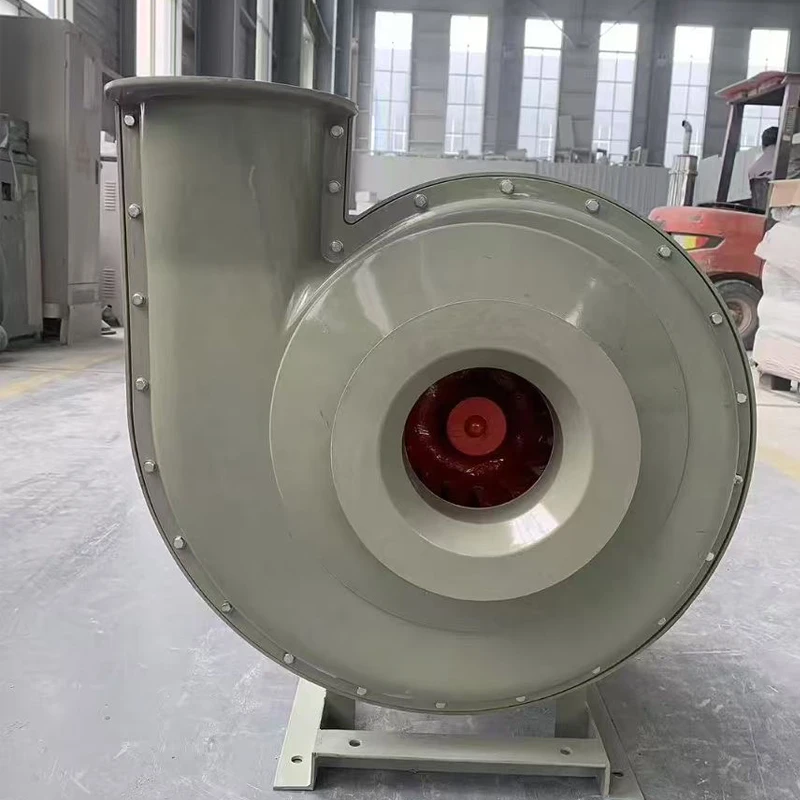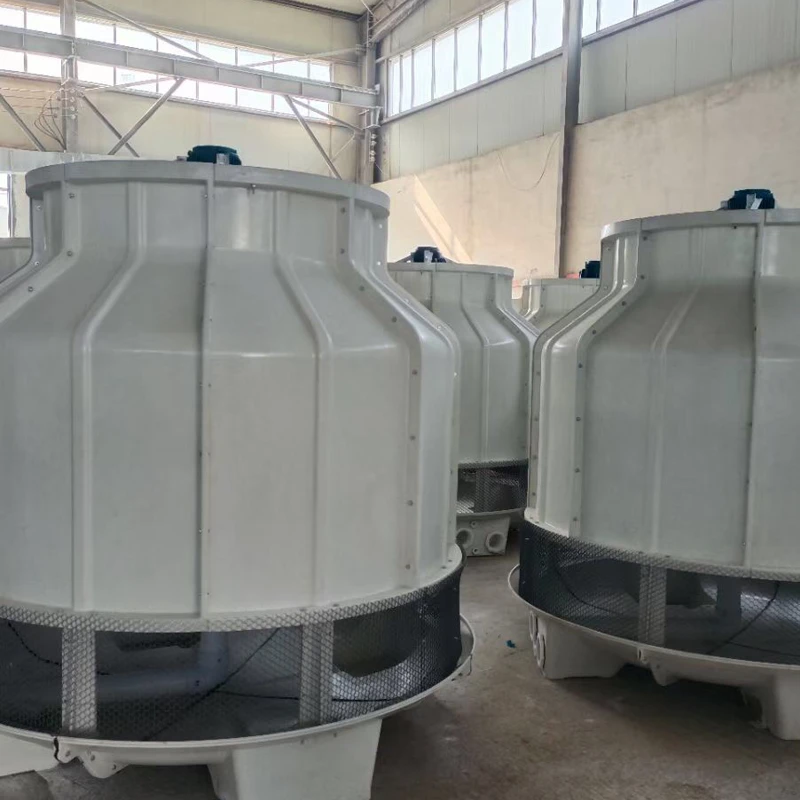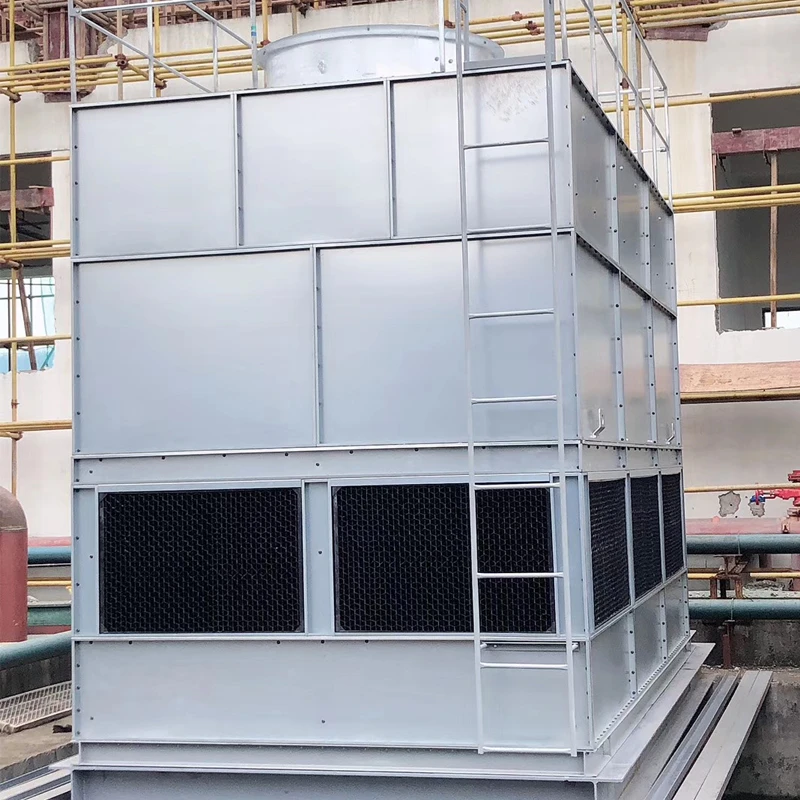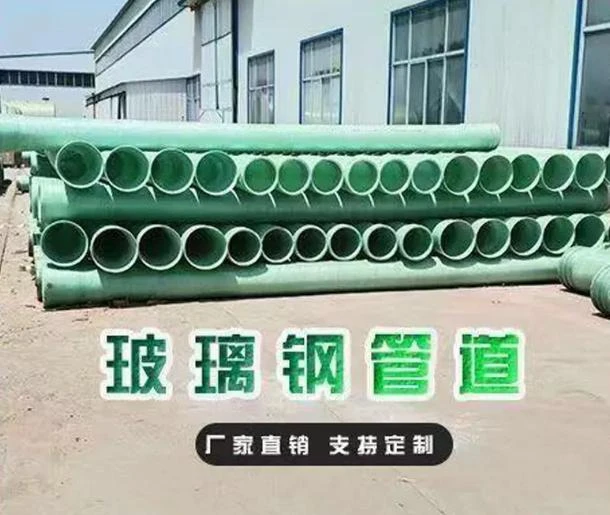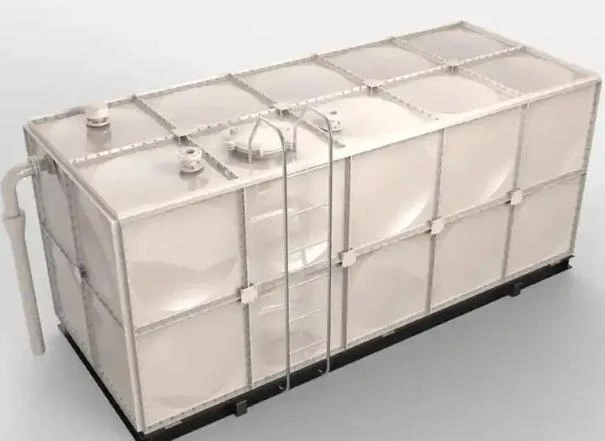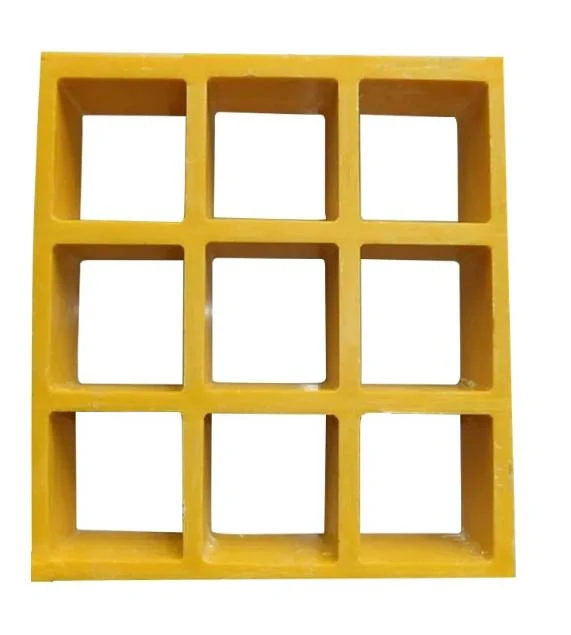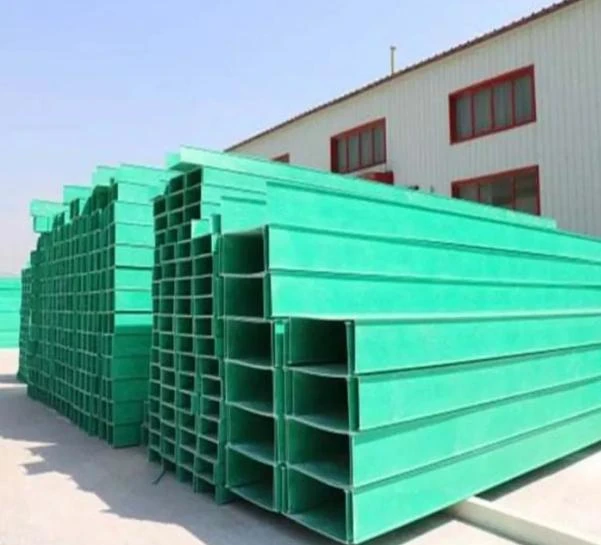

We Are Open 24 Hours a Day, 7 Days a Week, Including Weekends and Public Holidays.
- Introduction to Closed Cooling System with Cooling Tower
- Technical Advantages and Performance Features
- Manufacturer Comparison and Industry Analysis
- Tailored Solutions for Variable Cooling Demands
- Application Scenarios and Case Studies
- Operational Best Practices and Maintenance Strategies
- Conclusion: Enhancing Efficiency with Closed Cooling System with Cooling Tower
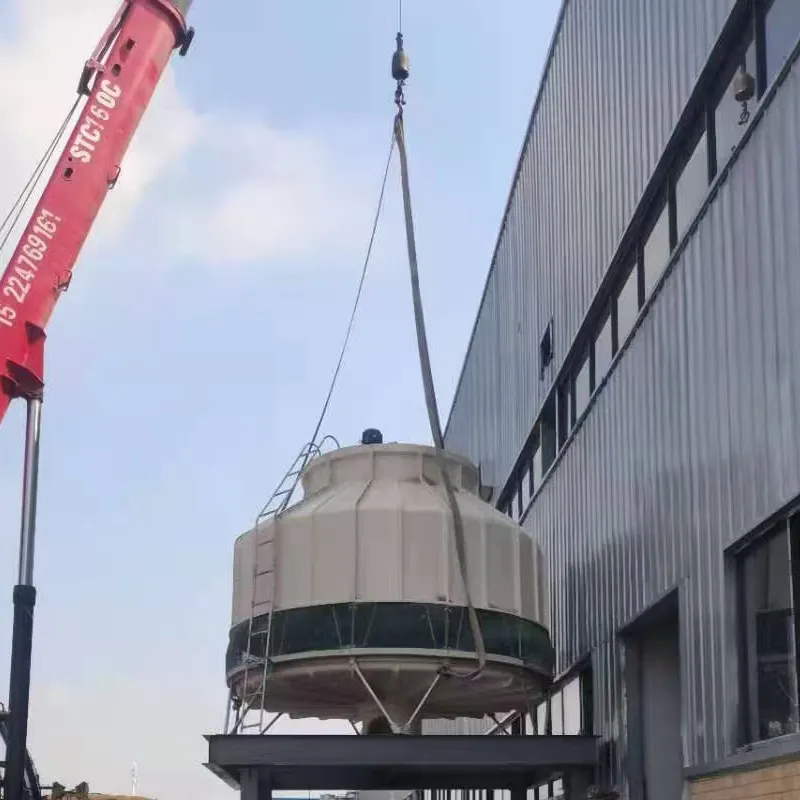
(closed cooling system with cooling tower)
Introduction to Closed Cooling System with Cooling Tower
In industrial and commercial processes, reliable heat dissipation is integral to maintaining consistent operations and ensuring equipment longevity. The closed cooling system with cooling tower
is a meticulously engineered solution designed to deliver optimal cooling while minimizing water and environmental losses. In this system, heat is transferred from the process fluid to a secondary coolant, which then circulates through a cooling tower. Unlike open-loop setups, the process fluid remains safeguarded from external contaminants, reducing fouling, corrosion, and scaling risks.
This blog explores the multifaceted advantages of closed cooling solutions, examines their competitive position in industrial offerings, and details application-specific configurations. Comprehensive insights into system designs, comparative manufacturer analysis, real-world project case studies, and actionable maintenance recommendations are detailed below.
Technical Advantages and Performance Features
Closed system cooling tower technology is preferred for its high energy efficiency, water conservation, and reduced maintenance burden. According to the Cooling Technology Institute, a closed loop system can deliver up to 30% reduction in chemical consumption and save 80% of water compared to open systems under similar conditions.
Some key technical features include:
- Sealed Fluid Circuit: Protects process water from airborne contamination and biological growth.
- High Thermal Efficiency: Plate or coil heat exchangers optimize heat transfer, minimizing approach temperature.
- Water Conservation: Reduced evaporation and blowdown; water recirculated within the closed loop system.
- Low Maintenance: Simplified water treatment, extended equipment life, minimized scaling and fouling.
- Adaptability: Ideal for harsh outdoor environments and where strict water regulations apply.
In industrial deployments, this technology typically maintains return water temperatures within ±1°C even under fluctuating loads. Furthermore, variable frequency drives, integrated controls, and hybrid adiabatic options further heighten operational efficiency.
Studies reveal that integrating a closed system cooling tower can extend equipment lifespan by up to 40% due to minimized exposure to dissolved solids and contaminants.
Manufacturer Comparison and Industry Analysis
The closed circuit cooling market has witnessed significant technological advancements driven by leading manufacturers. Products vary in form factor, heat transfer surface design, fan efficiency, and control systems. To assist with selection, the table below compares leading global brands based on cooling capacity, water usage, energy consumption, and maintenance frequency:
| Brand | Model | Max Cooling Capacity (kW) | Annual Water Use (m³) | Annual Energy Consumption (kWh) | Recommended Maintenance Intervals | Warranty (Years) |
|---|---|---|---|---|---|---|
| EVAPCO | ATWB-H Series | 2450 | 1800 | 950,000 | Biannual | 2 |
| SPX Marley | PRIME CXV | 2130 | 2100 | 1,060,000 | Annual | 2 |
| Baltimore Aircoil | CXV-D Series | 2750 | 1640 | 880,000 | Biannual | 3 |
| GEA | KUB-N | 1860 | 1450 | 825,000 | Quarterly | 3 |
From the data, Baltimore Aircoil’s CXV-D Series offers the highest cooling capacity with the lowest combined water and energy footprint. GEA’s KUB-N, while lower in capacity, achieves the best annual water efficiency—the hallmark of European closed circuit engineering.
When specifying systems, buyers should weigh total cost of ownership, local support, and specific application requirements. Integration with smart controls and the option for modular expansion further differentiate offerings.
Tailored Solutions for Variable Cooling Demands
No two industrial facilities operate under identical cooling demand profiles. A cooling tower closed loop system can be custom-configured for process-specific load curves, ambient conditions, and space constraints. Customization options include:
- Multiple parallel cell configurations to scale for redundancy or phased capacity expansion.
- Hybrid designs combining dry and evaporative sections for seasonal efficiency and water savings.
- Advanced control schemes (BAS integration, IoT monitoring) for real-time adaptive operation and fault diagnostics.
- Material upgrades (copper, stainless coil bundles) for high-corrosivity or high-temperature environments.
- Low-noise designs for urban or noise-sensitive installations.
- Adiabatic pre-cooling sections or glycol secondary circuits for process-critical temperature stability.
Consulting with the OEM or their application engineering team ensures proper sizing and optimal control strategy—directly impacting performance, longevity, and operational cost.
Application Scenarios and Case Studies
The versatility of a cooling tower closed loop system is evidenced by its adoption in diverse sectors, from energy and manufacturing to food processing and data centers. Consider these real-world installations:
- Refinery Heat Recovery (Houston, USA): A petrochemical plant upgraded 5 open cooling towers to closed circuit models, cutting annual water consumption from 49,000 m³ to 9,300 m³, while reducing incident corrosion rates by 45% after two years.
- Automotive Testing Facility (Stuttgart, Germany): The installation of a variable speed hybrid closed cooling system enabled precise climate simulation, slashing pneumatic tool cooling time by 30%.
- Food Processing Plant (Guangzhou, China): Operating in a subtropical climate, a closed loop tower eliminated raw water make-up by 85%, meeting stringent water reuse mandates.
- Data Center (London, UK): Closed circuit fluid coolers prevented airborne particulate deposition on chillers, reducing heat exchanger cleaning intervals from monthly to annually.
These examples demonstrate both quantifiable resource savings and crucial process protection benefits, directly supporting sustainability and uptime goals.
Operational Best Practices and Maintenance Strategies
Reliable, efficient operation of a closed cooling system is contingent on systematic maintenance and monitoring. Best practices include:
- Water Quality Management: Maintaining proper treatment protocols to prevent scaling and microbial fouling within the secondary side.
- Regular Inspection: Quarterly checks of heat exchanger coils, fans, and drift eliminators ensure mechanical integrity and performance efficiency.
- Instrumentation: Utilizing online sensors for temperature, conductivity, and vibration delivers early detection of anomalies.
- Seasonal Preparation: Winterization steps, such as glycol addition and freeze protection, are critical in cold climates.
- Documentation: Keeping a digital log of all maintenance, water chemistry, and repair events supports continuous improvement and warranty compliance.
- Training: Providing operator training on system controls, emergency procedures, and safety is essential for incident-free operation.
By following a proactive, data-driven maintenance program, facilities sustain high system efficiency and minimize downtime risk.
Conclusion: Enhancing Efficiency with Closed Cooling System with Cooling Tower
The adoption of a closed cooling system with cooling tower is a transformative step for process reliability, environmental sustainability, and cost optimization across multiple industry sectors. By leveraging proven engineering, tailored system design, and diligent operational best practices, facilities can achieve significant reductions in water and chemical consumption, extend asset lifespans, and meet evolving regulatory requirements. With a careful evaluation of manufacturer offerings, site-specific adaptations, and commitment to ongoing maintenance, organizations can maximize the return on their cooling infrastructure investments.
Ultimately, the drive towards resource-efficient and contamination-resistant cooling is best achieved through robust closed system technology—setting a new benchmark for future-oriented industrial process cooling.
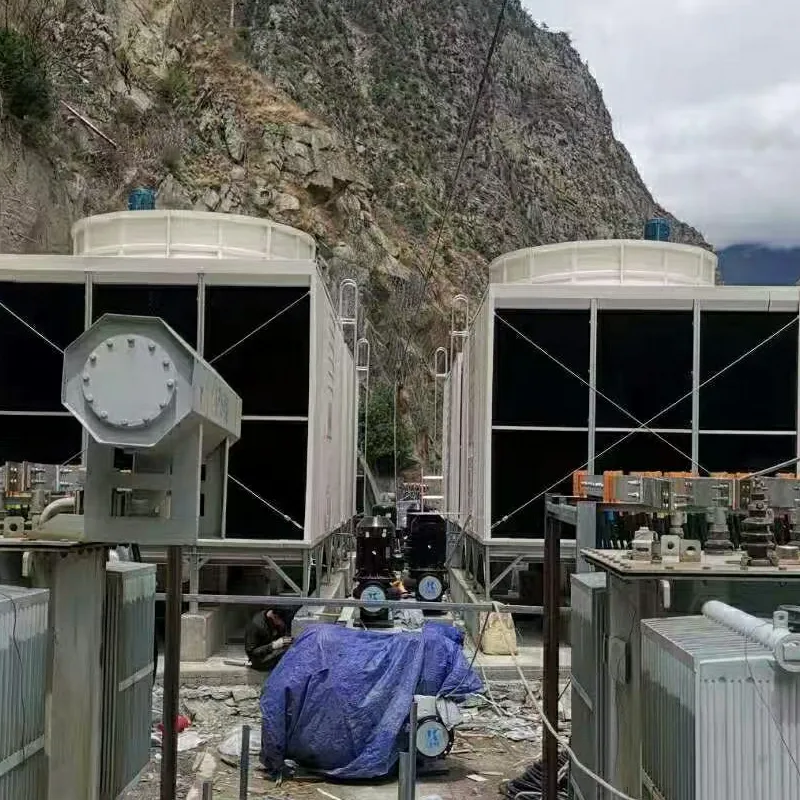
(closed cooling system with cooling tower)
FAQS on closed cooling system with cooling tower
Q: What is a closed cooling system with cooling tower?
A: A closed cooling system with cooling tower circulates coolant in a sealed loop between equipment and a cooling tower. The cooling tower expels heat to the atmosphere while preventing contaminants from entering the system. This setup maintains high cooling efficiency and minimizes maintenance.
Q: How does a closed system cooling tower work?
A: A closed system cooling tower utilizes a heat exchanger to separate process fluid from the cooling air and water. The process fluid circulates in a closed loop, avoiding direct exposure to outside contaminants. This improves system longevity and efficiency.
Q: What are the main benefits of a cooling tower closed loop system?
A: A cooling tower closed loop system reduces water consumption and limits scale buildup. It prevents contamination and corrosion, leading to lower maintenance costs. This system also improves temperature control and equipment life.
Q: Where are closed cooling systems with cooling towers commonly used?
A: They are often used in industrial plants, power stations, and HVAC applications. These systems are ideal for processes requiring contamination-free cooling. They are also favored where water quality is difficult to manage.
Q: What maintenance is required for a closed cooling system with cooling tower?
A: Regularly check for leaks, monitor coolant quality, and inspect the cooling tower for debris or scaling. The closed loop minimizes the need for frequent flushing. Periodic maintenance ensures optimal performance and prevents unexpected downtime.





Address
20 Xingyuan South Street, Zaoqiang County, Hengshui City, Hebei Province, China









